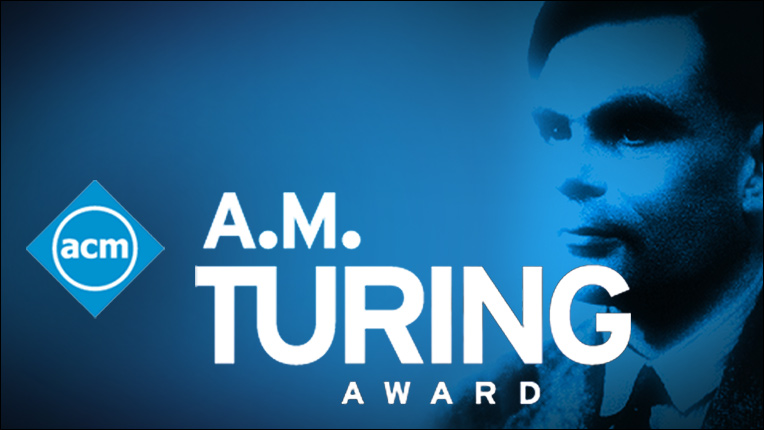PROJECTS

Web System of an online bookstore
This is a web-based system for an online shop, which includes the customer-facing website and backend admin site. The website allows the customers to browse through the available goods, view their price and all other relevant information, allows the customers to add the goods to the shopping basket, and finally view the basket (display all selected items and their total price) and allows the customer to enter payment details.
Technologies used:
- HTML5
- CSS
- Python / Flask micro web framework
- MySQL

Monte Carlo Simulation of Buffon's Needle Experiments with MATLAB GUI
This project involves the development of a MATLAB GUI application that allows users to perform Monte Carlo simulations of variations of Buffon's needle experiments. The GUI enables users to estimate the mathematical constant π (pi) using different experimental setups.
Technologies used:
- MATLAB

DA40 Mass And Balance Calculator
Website where you can caluclate the mass based on the fuel and passengers of an aircraft( Diamond DA-40) and the hours of operation.
Technologies used:
- HTML5
- CSS
- JavaScript

Analysing The Discourse Related To Electrical Vehicles On Social Media
This is my Final Year Project at Cardiff University (Dissertation).
In this project, Natural Language Processing techniques such as Sentiment Analysis and LDA Topic Modeling had been used, in order to analyse the sentiment that people have and the topics that are being discussed on Twitter regarding electric vehicles. The results showed that the positive sentiment of people was higher than the negative. Some of the major findings indicate that sustainability may be one of the main reasons why people support the transition to EVs, and that mining for EV battery materials and charging stations challenges might be some of the main factors that hold people back from buying an EV. Additionally, it has been observed that real-time events might have also affected people’s sentiment towards EVs.
Technologies used:
- Python
- Pandas
- Twitter API
- Tweepy

Formula 1 Data Visualisation Project
This project, completed as part of my degree program at King's College London, focuses on the exciting field of data visualization, specifically within the context of Formula 1 racing. The goal was to propose and answer exploratory research questions related to Formula 1 using data analysis and visualization techniques.
Key Highlights:
- Proposed and explored questions about Formula 1, including performance trends of teams, the impact of driver experience, global distribution of race circuits, and the historical distribution of driver nationalities.
- Utilized datasets provided by the university, including information on race results, driver statistics, and circuit details.
- Designed creative and informative visualizations to present findings, including line charts, scatter plots, world maps, and bubble charts, enhancing the understanding of Formula 1 dynamics.
- Demonstrated proficiency in data visualization tools such as D3, improving user interaction and engagement.
Technologies used:
- HTML5
- CSS
- D3.js
- Python
- Pandas

Data-Driven Analysis of COVID-19 Pandemic in the UK
In this data-driven project, I leveraged the power of Python and data analysis techniques to extract, transform, and visualize COVID-19 data from the UK government's open data API. The goal of this project was to gain valuable insights into the COVID-19 pandemic in the UK, focusing on cases, deaths, and vaccination data at both national and regional levels.
This project showcased my skills in data collection, cleaning, analysis, and visualization, highlighting my ability to extract meaningful insights from real-world data. It serves as a testament to my proficiency in Python programming and data science techniques, making it a valuable addition to my portfolio.
Technologies used:
- Python
- Pandas

Exploring ACM Turing Award Winners: Text Analysis and Visualization
This project delves into the world of computer science by extracting and analyzing textual data about ACM Turing Award winners, individuals recognized for their profound contributions to the field. Leveraging the WikiData API and Wikipedia API, we compile information on these laureates, process the text, and unveil insights through natural language processing (NLP) operations and data visualization.
Technologies used:
- Python
- Pandas

Wikidata Editor Network Analysis
This project delves into the intricate world of Wikidata, a collaborative global knowledge graph where editors contribute to discussions and interactions through Talk pages. By transforming raw data into a network of editors and their social connections, this project provides valuable insights into how contributors communicate within the Wikidata ecosystem.
This project offers a comprehensive exploration of Wikidata editor networks, shedding light on their social dynamics, structural properties, and the potential for leveraging network data in collaborative knowledge projects.
Technologies used:
- Python
- Pandas
- NetworkX
- Numpy

Analysis of Road Network and Road Events in Leeds City Centre
In this project, an analysis of the road network in Leeds city center was conducted, with a particular emphasis on road accidents and marathon planning. Accident data was collected, a road network was created, and the clustering of accidents was identified. Voronoi diagrams were employed for marathon planning, and seed points were optimized to determine suitable paths. Furthermore, the utilization of PROV modeling, PageRank, and TransE embeddings for road network analysis, safety enhancement, and resource allocation was explored.
Technologies used:
- Python
- Pandas
- NetworkX
- Spaghetti

Disproportionality in Stop and Search Action in London
This is my MSc Individual Project at King's College London (Dissertation).
This dissertation examines racial disparities in police stop-and-search actions across London boroughs. It addresses three key questions: How do stop-and-search rates vary among ethnic groups in London? What factors contribute to these disparities? Are there differences in outcomes and types of offences for ethnic groups compared to the White group? The study used data collection, preprocessing, and analysis methods, revealing significant racial disparities in stop-and-search rates. Some boroughs had higher rates for these groups due to factors like borough demographics and socioeconomic conditions, while crime levels did not directly correlate. The study also highlighted potential systemic biases in policing practices, particularly regarding offence types and outcomes. Despite limitations, these findings offer valuable insights for policymaking and foster discussions on fairness and equality in law enforcement.
Technologies used:
- Python
- Pandas
- statsmodels